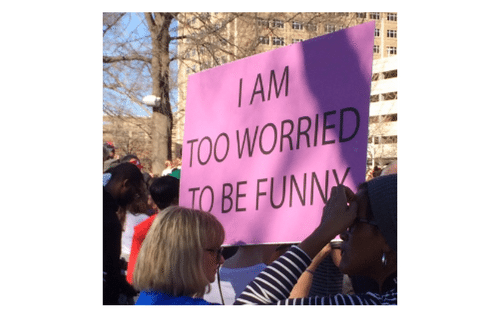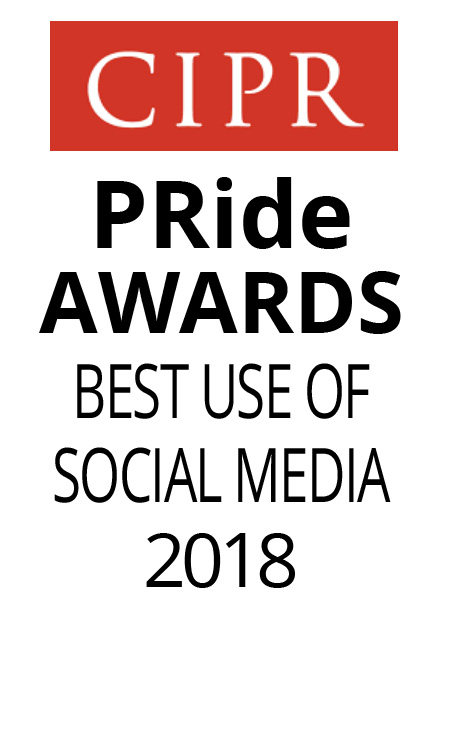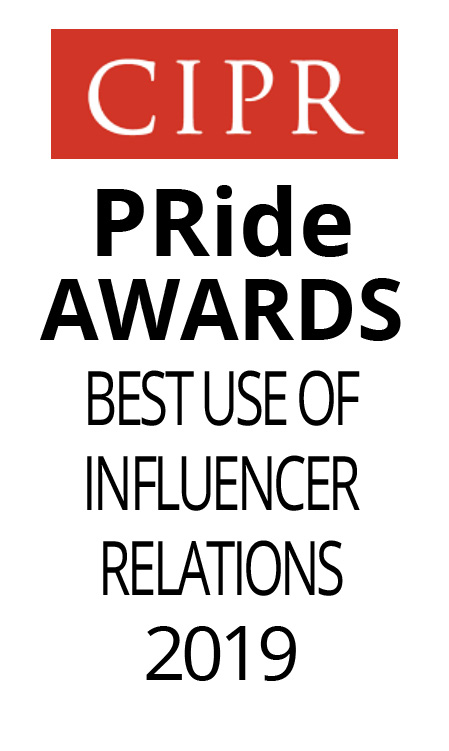A great message can come to you in a flash, or you can work on it for days on end. Here’s some tips to help you with the process of writing key messages.
Your key messages can and should change quite often.
Your product or offer might not have changed, but your audience or your market probably has.
It’s especially important to get your messages right now that we’ve entered the era of unreliable reviews and ‘post truth.’
A great way to start is to return to the basic ‘what, why, where, when’ to define your offer. Then it helps to check your messages against some key factors:
Evidence
What evidence do I have to back up this statement? This could be market research, product testing, a case study or a client quote.
Target audience
What features or benefits do I need to convey to my different target audiences? What are their concerns or needs that I can meet or help?
Positivity
Am I using positive phrases and actions? A complicated sentence is often perceived as less positive or honest. Use short sentences with positive convictions.
Understandable
This sounds so obvious as to be silly, but actually you should check – are you so wrapped up in your product bubble that you’ve adopted marketing speak rather than normal words and sentences?
Writing good, convincing key messages is an art form, like writing a good tweet. We cite Rob Temple who built his fortune on the twitter feed, followed by the books: “Very British Problems.”
His tweets look so innocent and funny, like a sudden observation of a moment of awkwardness: but he often takes one whole day to write a tweet.
So if you’ve lost your sense of humour, and are so bogged down writing key messages and PR content that you can’t see the wood for the trees, follow the tips here and take a moment to read this post from the Creative Review about writing protest signs. I guarantee it will make you smile and refresh your copy writing skills:
“An emergency guide to writing protest signs”









